.jpg)
One of our road schooling resources has been regular visits to children’s museums, zoos, and science centers. We get into most of these places for free or at a steep discount as a result of nation wide reciprocal programs. These reciprocal programs were an awesome find in our first few months of traveling. About a year and a half ago we bought a family season pass to our local Planetarium on a Groupon deal for $49. Best. Decision. Ever. Unknown to me at the time, the Clark Planetarium is a participant in the Association of Science and Technology Centers Passport Program (ASTC). Many science centers across the United States have opted to participate in this program and offer free admission to members. This is great for full-time travelers like us, because we tend to visit a lot of the cities where they are located.
In addition to science centers, the Association of Children’s Museums (ACM), and the Association of Zoos and Aquariums (AZA) also have reciprocal programs. They tend to be 50% off admission instead of free, but any discount is better than none if you are going anyway. Since we are typically in a city only for a few days, we have opted to participate in the ASTC, and the AZA programs. There are a few Children’s Museums that are on the ASTC list as well (Houston and San Francisco to name two) so that works out for us. Plus, we just don’t have time to do EVERYTHING.
.jpg)
North Carolina Museum of Life and Science, Durham
How It Works
1. Buy a membership at your local participating ASTC, ACM, or AZA Museum. Utah, or Salt Lake City, more specifically has 5 ASTC museums to choose from. Most bigger cities have only 1 or 2. We started out with the Clark Planetarium pass, and then when we came up for renewal, we chose Thanksgiving Point because we will be spending a couple of months in Utah this summer and its my favorite museum. We also have a pass to Hogle Zoo which is a member of the AZA reciprocal program (both passes, indecently, bought online and mailed to us as we were out of state).
2. Use the Program List to find other participating museums where you will be visiting. I tend to star these on our Google Map so I know its something I want to visit when we are in the area.
3. Bring your membership card and ID to the out-of-town museum for free admission. There are times I’ve forgotten my membership, but was able to call MY museum on the phone, hand the phone to the out-of-town museum employee and have them verify my member status.
.jpg)
Jacksonville Zoo, Florida
A few of things to note: The program does NOT apply to museums within a 90 mile radius of home. This includes both the museum you have a membership to AND your home address. I had this genius idea to buy a membership outside of Utah so that I could visit ALL of the participating museums when we got home. Unfortunately that wouldn’t work as they’d check my ID and see that I actually lived there. So disappointing.
Free admission doesn’t generally include extra exhibits, IMAX shows, simulators, parking, or other expenses.
The BIG museums are generally not on the list. Indianapolis Children’s Museum, the San Diego Zoo, and the Monterrey Bay Aquarium are notable absent.
Science Centers , Children’s Museums, and Zoos are a fantastic way to entertain my kids for the day. Most of the time, we will spend anywhere from 2-6 hours exploring. To see a map and my thoughts on the ones we have visited, visit my Pinterest Map.
.jpg)
Perot Museum of Nature and Science: Dallas, Texas
We love visiting places designed to teach and interest kids. Our kids love to set out and explore and find the hands-on exhibits. If you have kids and travel, having these passes will save a bundle!
Links:
Association of Science and Technology Centers (ASTC) Travel Passport Program List
Association of Children’s Museum’s (ACM) Reciprocal Network
Association of Zoos and Aquarium’s (AZA) Reciprocal List





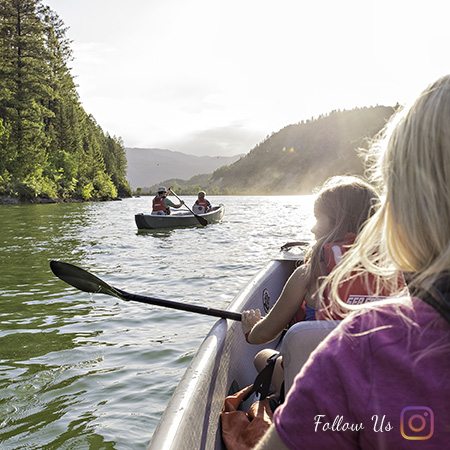


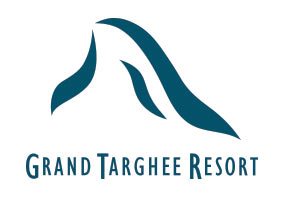
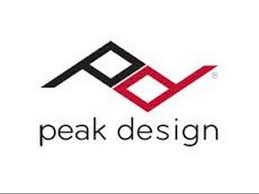

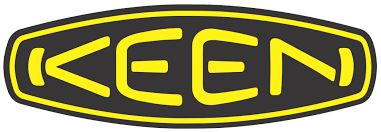




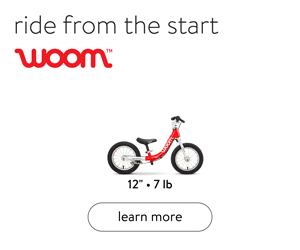


Thanks for the great tips! Traveling with a lot of kids and trying to visit these kinds of places can get EXPENSIVE. Going to check out the links you provided right now…
Do you know if this is the same between countries? We live in Canada and have been able to use our science centre pass in different cities but we are thinking about going on the road and am wondering if we could use our passes in the US too?Thanks
Hey! We were able to use our pass at the Science Museum in Vancouver, B.C. If you check the list (at the bottom of the post) you can see which countries/museums it will work for. I imagine if you have a membership to one of the participating Canadian museums that you’d be able to use it all over the U.S. Definitely call ahead and ask though!
Thank you so much for sharing this!!! We normally travel pretty slowly (2 months in one state, 3 in another, 6 in another, etc.) but next month we’ll be moving through 10+ states in about 29 days, and we’re scouring all available resources to find plenty of field trip options and ways to get the most out of each state we’ll be visiting. This post has been extremely helpful (as are most of your posts). We plan to drive over to the nearest science center this week and join!
Nice!! I’m glad this was helpful! Even traveling slow you can still find them. 😉
What a great tip! I will be researching to see which museums we will be visiting to know what might be covered. EXCELLENT tip about where to buy, too. Thanks!
I enjoy preparing the kids for art museums, which I love, telling them the stories behind the art – usually religion or mythology. Different art types leads to some really fun and interesting conversations with the kiddos! Love their perspective.
We went to total 27 ASTC for the past 5 years.
LOVE it,
We made the photobook with all the science museums we went to so far.